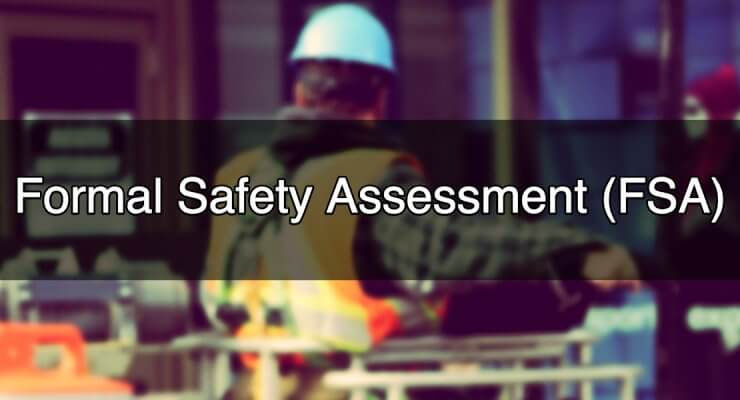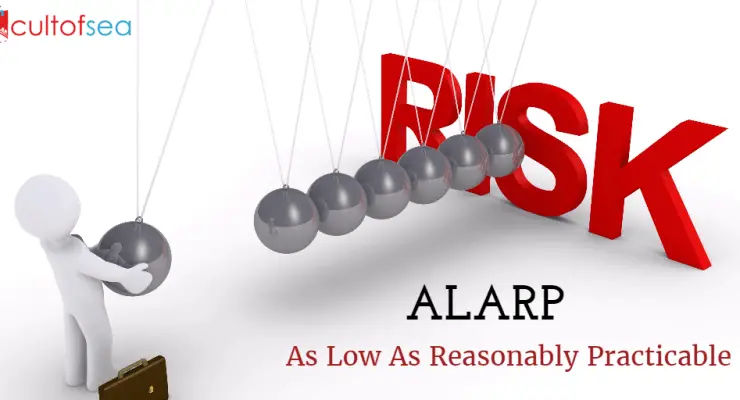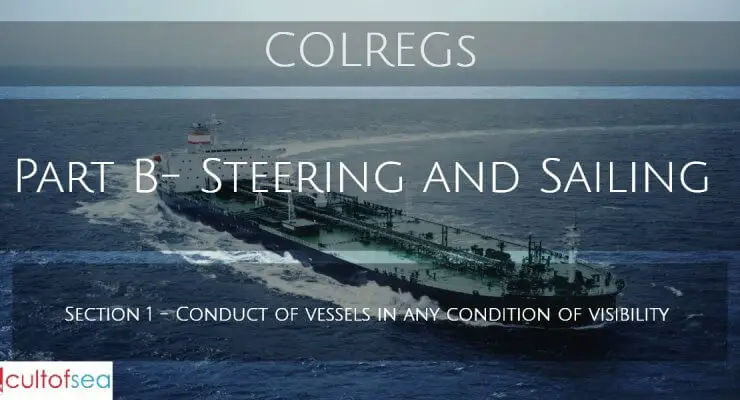Historic Background for FSANuclear Industry in the 60s: Probabilistic Safety Assessments Chemical Industry in the 70s: QRA, Seveso Directive I and II Offshore Industry in the 80s: QRA, Industrial Self Regulation Regime in Norway, Safety Case Regime in UK Shipping Industry in the 90s: FSA1992: UK House of Lords, Lord Carver Report 1993, MSC 62: UK proposes FSA concept 1997, MSC 68: FSA Interim Guidelines 2001, MSC 74: FSA GuidelinesDefinition Formal Safety Assessment or FSA is a structured and a systematic methodology aimed at enhancing Maritime Safety … [Read more...]
What is ALARP and why do you need to know it?
ALARP stands for "as low as reasonably practicable", and is a term often used in health and safety to represent that adequate consideration shall be taken in regard to risk, risk control and risk reduction. The core is the concept of "reasonably practicable"; this involves weighing a risk against the trouble, time and money needed to control it. Thus, ALARP describes the level to which you would expect to see workplace risk controlled. ALARP is not prescriptive and consequently can be challenging because it requires employers to exercise judgement. It is therefore for employers to ensure … [Read more...]
Rule 7 – Risk of collision
Section 1 — Conduct of Vessels in any Condition of Visibility Rule 7 : Risk of collision a. Every vessel shall use all available means appropriate to the prevailing circumstances arid conditions to determine if risk of collision exists. If there is any doubt such risk shall be deemed to exist.A famous sentence in the Master’s Night Order book was ‘Whenever in doubt, call me’. This holds true with the above Rule. If the watch keeper is in any doubt even the slightest, he should assume that such risk exists and would have to act according to the Rules.Of course in judging such risk, he … [Read more...]


